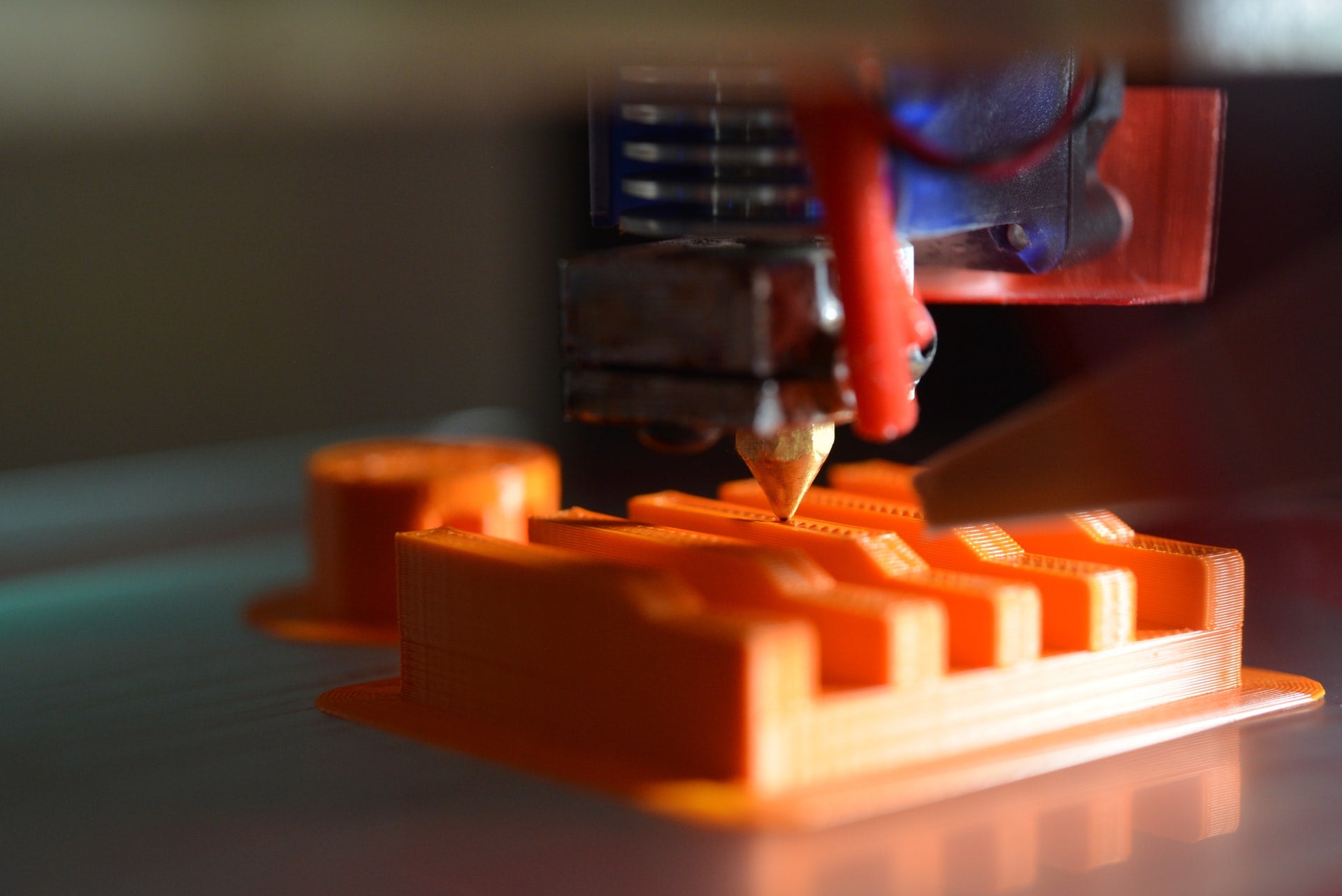Bed adhesion is crucial to 3D print success. Sometimes, the 3D printer’s bed provides sufficient adhesion while other times you need a little help from simple household items to specially designed 3D printer bed adhesives. If you’re wondering what build plate surface you should use, here’s a ranking of the best build plate surface from the worst to best.
1. Hairspray
Using hairspray as bed adhesive is an old-school method. However, if you’re in pinch they will do but there certainly are a lot of drawbacks.
First, they’re not that adhesive anymore, especially for modern 3D printers that have heated beds. If you’re still using an old model that doesn’t have one, then hairspray will be a good option for you.
Second, hairspray can be messy as you can’t control where it gets to. It gets everywhere and requires a lot of cleanup.
If you have to use hairspray, make sure to choose an extra hold one with a high percentage of acetate, copolymer, and vinyl.
2. Glue stick
Glue stick is cheap, accessible, and easy to use, making it an ideal adhesive for PLA and ABS. You only need to pop off the cap and swipe a thin layer of it on the glass build plate or a piece of glass (if your build plate is made of different material). Wait for it to dry before heating the bed to the appropriate temperature and wait for half an hour before starting printing.
However, this method has some cons. First, you have to make sure that you apply an even amount to the bed to prevent blobbing so the temperature is everything. Second, you have to clean your glass bed every time as it leaves a film on the bed but it’s not as messy as hairspray.
3. Blue painter’s tape
You can also use blue painter’s tape with low print temperature filaments, such as PLA. This is just as accessible as a glue stick but without the debris that it leaves behind on the bed.
You simply stick it directly all over the bed, just make sure it lies evenly with no bubbles and loose seams between rows. However careful you are with the seams in between the rows, the tape will still come undone. This will negatively affect the bottom of your 3D print.
It doesn’t matter as much for smaller prints and those where their bottom is not the main focus. But if you’re printing something bigger, you might want to get a super-wide blue painter’s tape.
4. Kapton tape
For engineering and industrial filaments, you can use Kapton Tape to improve bed adhesion. Originally made for space, Kapton tape is a thin and heat-resistant material generally used for electrical purposes nowadays.
The problem with it is that it is notoriously difficult to apply and even more difficult to remove. Avoid applying it directly to your glass bed. Take a piece of glass cut to the same size as your print bed and stick it on there instead. There are several ways to help you apply the tape easier, check them out here and here.
Before starting printing, make sure the bed surface is levelled.
5. Build plate sheets
Build plate sheets are specifically made for 3D printers. Hence, they are easy to apply, provide the right amount of adhesion and are easy to remove (generally).
The only con for build plate sheets is that they insulate the bed so it would skew the temperature slightly. You usually will need to increase the temperature a bit.
6. FormFutura EasyFix Adhesive

As filaments have different print temperatures and adhesion requirements, the EasyFix adhesives are engineered to provide different levels of adhesion depending on the filament you use. It also provides a quick release upon cooling reducing the risk of ruining your print bed and 3D print.
Get the best build plate surface for your needs!
What’s your experience with any of the adhesives above? Let us know in the comments below!

